Contents
- Autumn plant nutrition: the importance of preparing for harvest
- Effective fertilizers for cannabis during the flowering stage
- Preparing for harvest: final steps in caring for cannabis in autumn
Autumn plant nutrition: the importance of preparing for harvest
Autumn is the final and most crucial stage in cannabis cultivation, when proper care and balanced feeding of cannabis plants determine not only the volume but also the quality of the future harvest. At this time, the crop enters a phase of active flowering, focusing all its energy on forming dense, fragrant buds.
To understand why accurate fertiliser dosing is important in autumn, it is necessary to recall: How does cannabis grow? The main stages of growth include germination, the vegetative period, flowering, and the final stage of ripening. It is the last stage — autumn — that requires the most from the plant, so it needs enhanced nutrition in the fall, especially in elements responsible for flower development and resin accumulation.
During this period, phosphorus fertilizers (which stimulate bud growth and trichome formation) and potassium fertilizers (which are responsible for the density of the buds and the plant's resistance to external factors) are especially important. Conversely, nitrogen content should be reduced to a minimum — an excess of nitrogen can delay the onset of flowering and make the plant “leafy” instead of directing its energy toward the harvest.
It is also worth remembering that it is in the fall that cannabis faces sharp temperature changes and a reduction in daylight hours. Therefore, it is important not only to increase fertilization, but also to provide the plant with all the necessary micronutrients for marijuana — magnesium, calcium, iron, and boron. They help strengthen tissue structure, prevent the development of diseases, and prolong the life of the plant until the full harvest of cannabis.
Thus, the proper application of autumn fertilizers is not just an element of agricultural technology, but a necessary condition for the successful completion of the entire cycle of cannabis care in autumn..
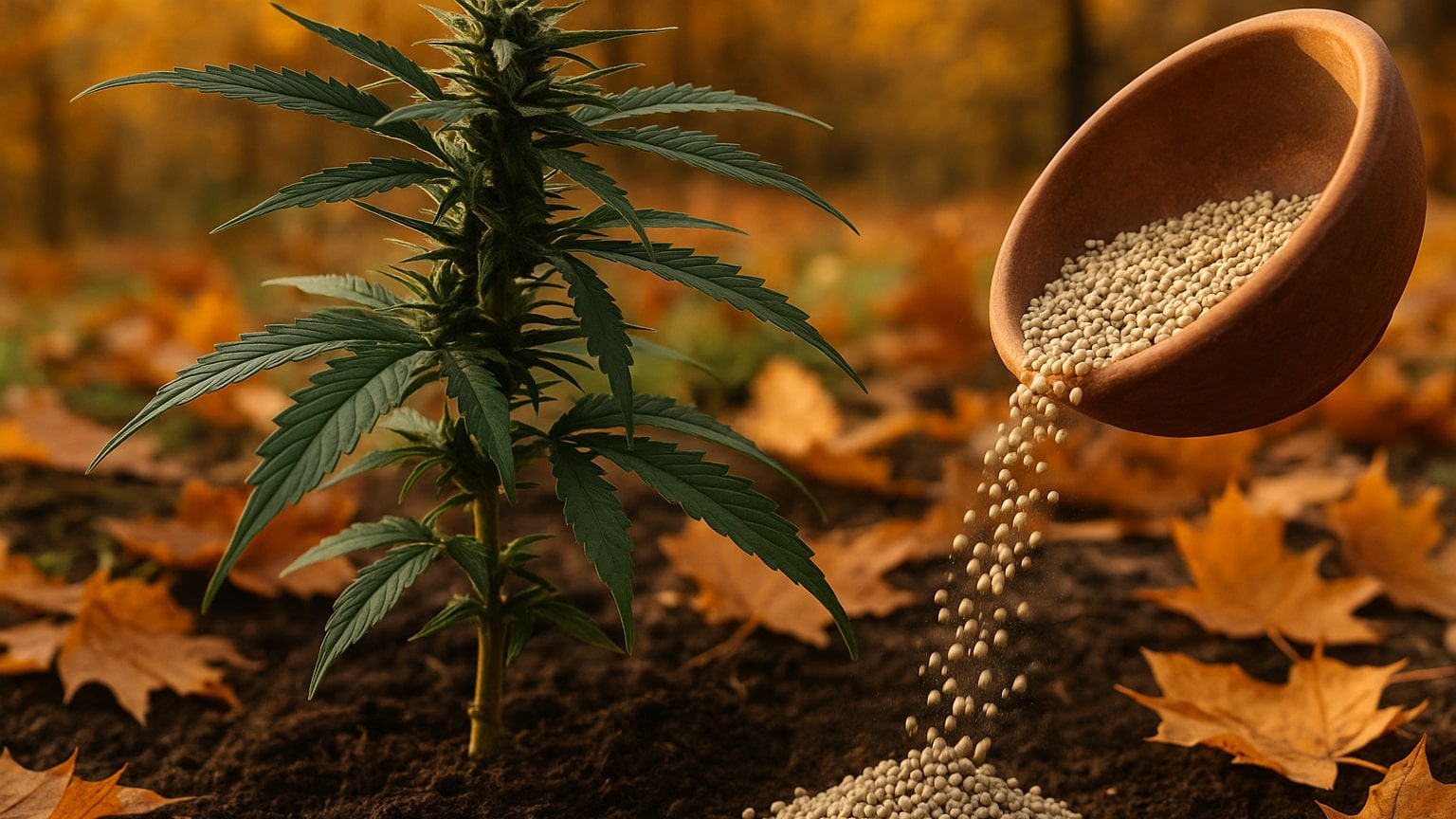
Effective fertilizers for cannabis during the flowering stage
When a plant enters the flowering phase, it requires special cannabis fertilizers that can support bud formation, improve aroma, and increase THC content. In the fall, it is important to choose the right fertilizer composition and take into account the characteristics of the variety: autoflowering, feminized, or photoperiod.
There are two main types of fertilizers that are used during the flowering stage:
- Mineral fertilizers
These products are quickly absorbed by plants and allow for precise control of fertilizer dosage. Mineral complexes are particularly relevant when growing in hydroponics or coconut substrate. They contain a balanced set of macro- and microelements, including the necessary phosphorus and potassium fertilizers, which contribute to an increase in the size of inflorescences and the accumulation of resin.. - Organic fertilizers
Such compositions act more slowly, but improve soil structure and stimulate natural growth processes. Organic matter is particularly valued for its mild effect and lack of chemical salt accumulation. This makes it an excellent choice for growing cannabis outdoors or in organic substrates.
When choosing fertilizers, it is also worth considering the characteristics of the varieties:
- Fertilizers for autoflowering varieties
Autoflowers grow quickly, so they require mild formulas with reduced concentrations to avoid overfeeding. It is important to apply such fertilizers from the very beginning of flowering, strictly adhering to the feeding schedule. - Fertilizers for feminized varieties
Feminized plants often have a longer development cycle, which allows for the use of complex feeding schemes. They respond well to both mineral and organic fertilizers, especially when combined with additional micronutrients for marijuana.
By using the right fertilizers for cannabis in the fall, you not only improve the quality of your harvest, but also reduce the risk of nutrient deficiencies, which can manifest themselves in the form of wilting leaves or underdeveloped buds.
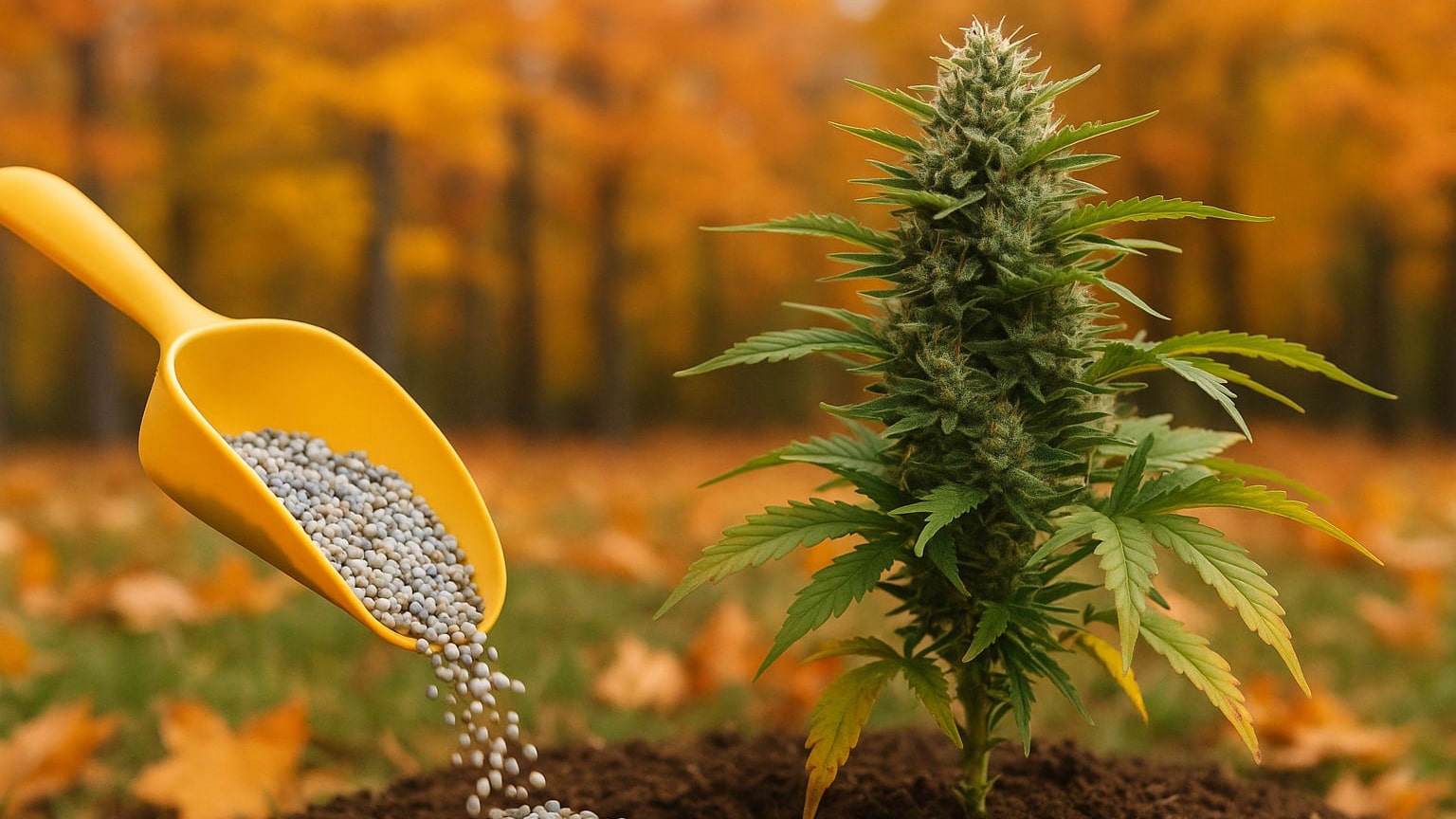
Preparing for harvest: final steps in caring for cannabis in autumn
When the flowering phase of cannabis is nearing completion, it is important not only to continue feeding correctly, but also to complete the entire growing cycle competently. In autumn, plants are particularly sensitive to external conditions, so careful monitoring is necessary—from soil composition to watering and lighting. At this time, fertilization is gradually reduced, and the focus is on stimulating the ripening of buds.
It is especially important to consider which soil is best suited for outdoor cannabis cultivation. Soil is a key factor in final nutrition, especially when organic fertilizers are used. The table below lists the main types of soil and their impact on cannabis development in the final stage:
| Soil type | Advantages | Disadvantages |
| Black soil | Rich in natural microelements, it retains moisture and nutrients perfectly. | May be too dense |
| Sandy soil | Well drained, prevents waterlogging | Marijuana fertilizers wash out quickly |
| Mixed substrate (coconut + peat) | Controlled pH, ideal for precise fertilizer dosing | Requires frequent watering and feeding |
| Organic compost | Supports natural microflora, ideal for use with organic fertilizers | Prolonged decomposition, risk of mold |
The final feeding of cannabis plants in the last 2–3 weeks before harvesting should be strictly balanced. It is recommended to:
- Gradually reduce the amount of fertilizer during the flowering stage;
- Use only light phosphorus-potassium compounds;
- In the last 7–10 days, flush the root system with clean water to remove mineral salt residues.
It is also important to remember the specifics of each variety: for example, fertilizers for feminized varieties can be used slightly longer than for autoflowering varieties, as they often have a longer flowering cycle. At the same time, fertilizers for autoflowering varieties should be discontinued earlier to avoid the accumulation of substances in the finished product.
In conclusion, high-quality preparation for the autumn harvest is not only the completion of the agrotechnical cycle, but also a guarantee of bright taste, powerful effect, and rich aroma of the finished inflorescences.
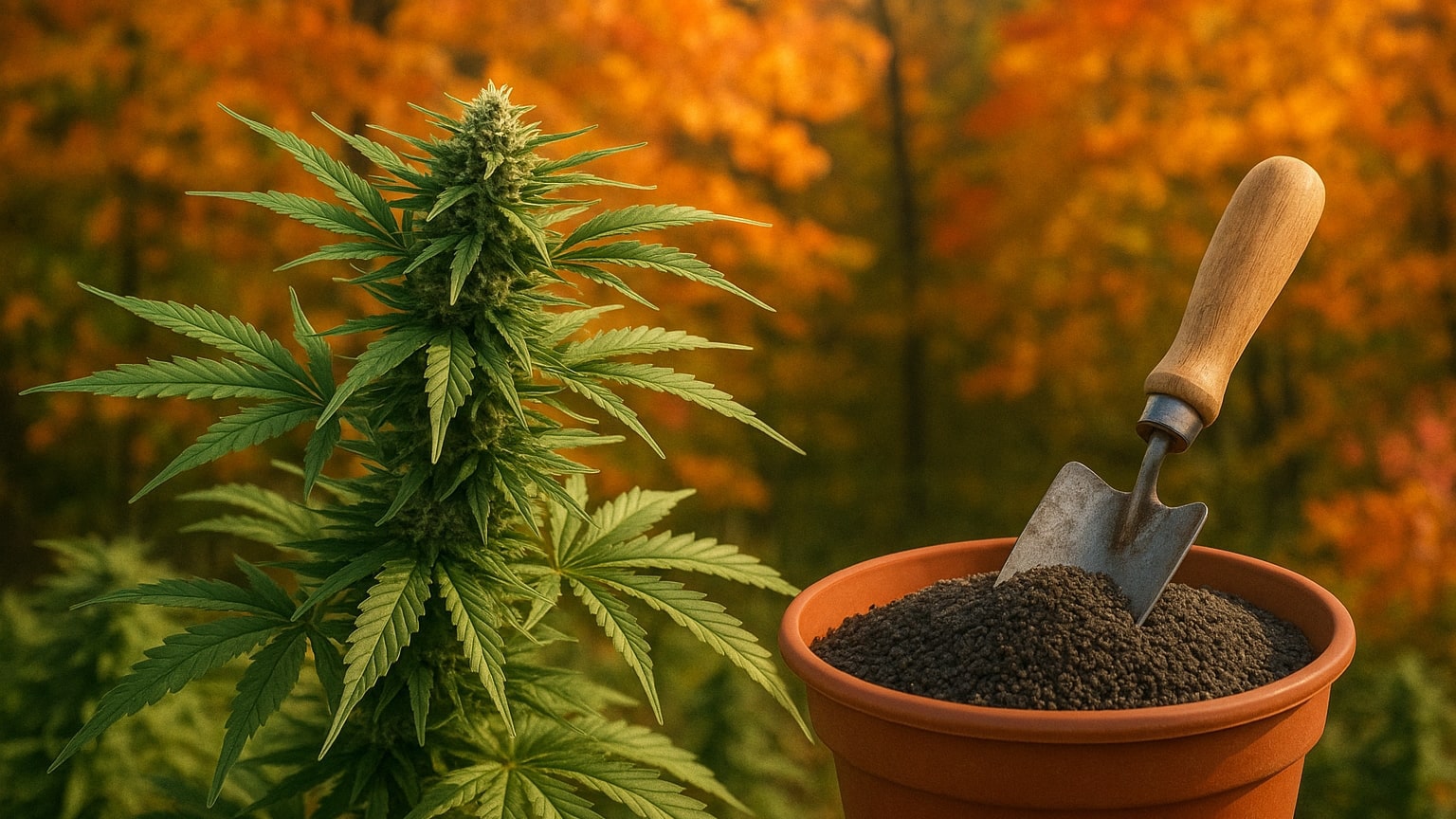
Attention! Errors Seeds does not encourage you to grow cannabis and does not assist in any way with this activity. Growing cannabis is prohibited by Ukrainian law. This article is for scientific and informational purposes only.

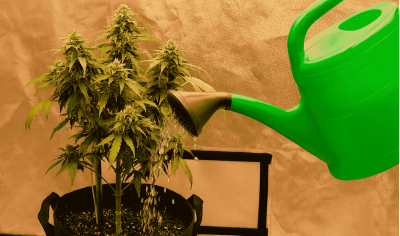
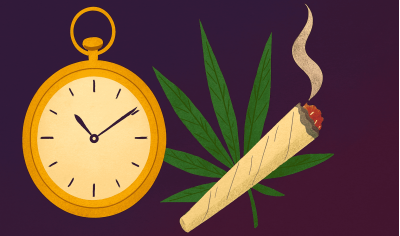



Write a comment